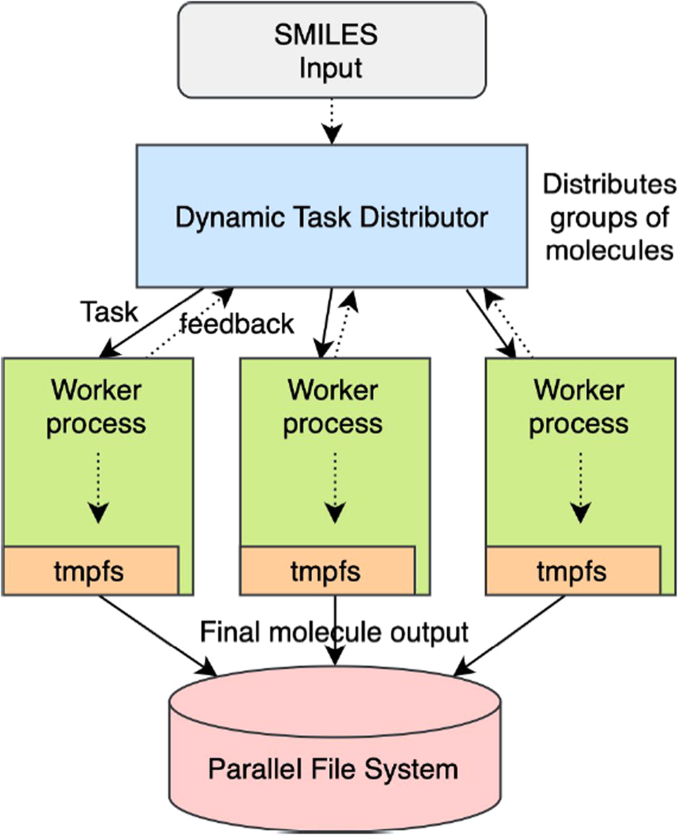2023-12-12 オークリッジ国立研究所(ORNL)
◆ORNLチームは、高性能コンピューティングリソースを使用して、量子化学計算を実行し、各有機分子に対してさまざまな励起状態特性を計算しました。これらのデータセットは、将来的にはディープラーニングモデルのトレーニングに使用され、特定の光電子および光反応特性を持つ分子を識別することが期待されています。研究は「Nature Scientific Data」に掲載され、このデータセットは現行の方法よりも迅速かつ簡単に実施できるアプローチとなります。
<関連情報>
- https://www.ornl.gov/news/computational-scientists-generate-molecular-datasets-extreme-scale
- https://www.nature.com/articles/s41597-023-02408-4
有機分子の量子化学的紫外可視スペクトルのための2つの励起状態データセット Two excited-state datasets for quantum chemical UV-vis spectra of organic molecules
Massimiliano Lupo Pasini,Kshitij Mehta,Pilsun Yoo & Stephan Irle
Scientific Data Published:21 August 2023
DOI:https://doi.org/10.1038/s41597-023-02408-4

Abstract
We present two open-source datasets that provide time-dependent density-functional tight-binding (TD-DFTB) electronic excitation spectra of organic molecules. These datasets represent predictions of UV-vis absorption spectra performed on optimized geometries of the molecules in their electronic ground state. The GDB-9-Ex dataset contains a subset of 96,766 organic molecules from the original open-source GDB-9 dataset. The ORNL_AISD-Ex dataset consists of 10,502,904 organic molecules that contain between 5 and 71 non-hydrogen atoms. The data reveals the close correlation between the magnitude of the gaps between the highest occupied molecular orbital (HOMO) and the lowest unoccupied molecular orbital (LUMO), and the excitation energy of the lowest singlet excited state energies quantitatively. The chemical variability of the large number of molecules was examined with a topological fingerprint estimation based on extended-connectivity fingerprints (ECFPs) followed by uniform manifold approximation and projection (UMAP) for dimension reduction. Both datasets were generated using the DFTB+ software on the “Andes” cluster of the Oak Ridge Leadership Computing Facility (OLCF).



